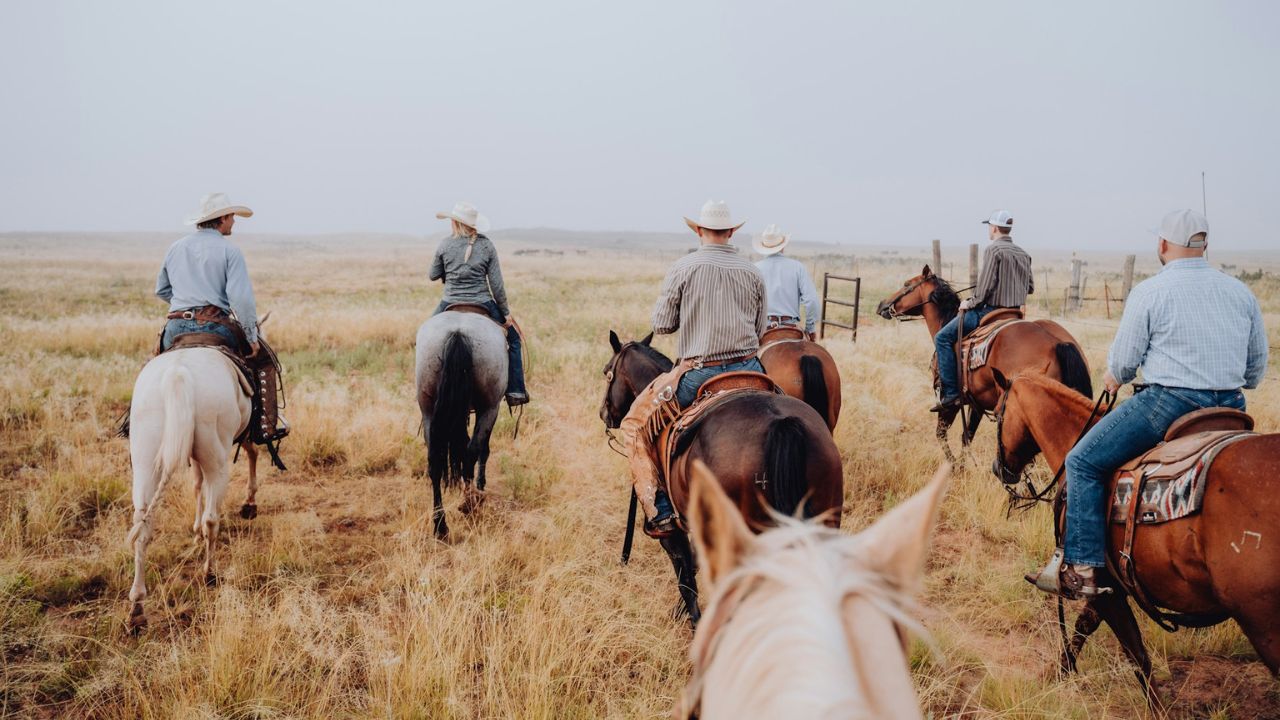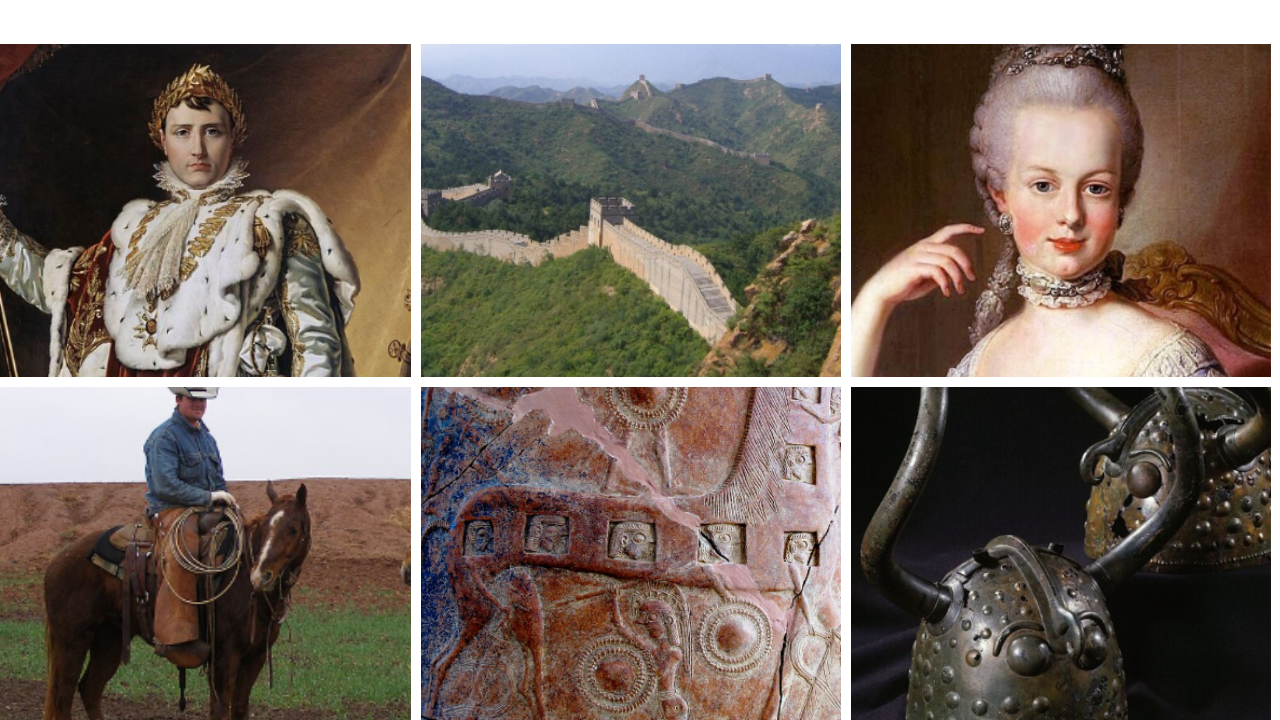History often waits for a spark. Pop culture provides it, turning archives into destinations and footnotes into talking points. A musical can make fiscal policy sing, a game can turn city maps into textbooks, and a drama can nudge museums to expand labels. Viewers chase context, teachers refresh syllabi, and book holds climb. What this really means is simple. When story and detail meet, curiosity scales up, spreads across platforms, and the past feels close enough to argue with.
Hamilton Rewrites the Founders
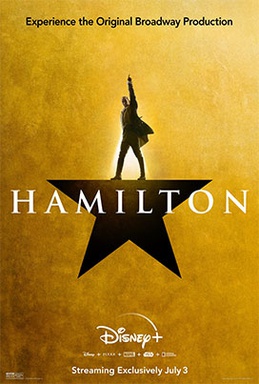
Hamilton the musical shifted the founders from distant marble to fallible ambition, packed with cabinet debates, rivalries, and the grind of policy. Demand for biographies surged, tours in Philadelphia and New York filled, and students learned to parse Federalist essays without wincing. Casting that broadened ownership of the Revolution reframed whose story gets told, and why the frame matters. The result was messy and electric, with classrooms and dinner tables arguing over duels, debt plans, and nation building.
Oppenheimer and the Atomic Age
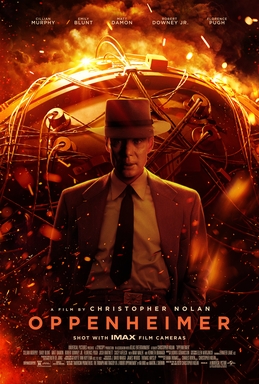
Oppenheimer drove new attention to the Manhattan Project, Los Alamos logistics, and the moral weather of the nuclear era. Museum visits rose at atomic heritage sites, while libraries moved stacks of scientific biography and policy history. The film made committee rooms feel tense, then followed decisions into blast zones and lingering fallout. Debates returned to deterrence, secrecy, and the burden carried by scientists, soldiers, and civilians. Precision with timelines invited fact checking, not fandom alone.
Chernobyl Reexamines Disaster
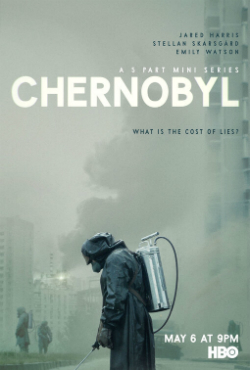
Chernobyl turned reactor design, safety culture, and late Soviet bureaucracy into urgent drama. Viewers looked up RBMK flaws, memorized place names, and traced evacuation maps, then asked how rumor competes with evidence when minutes cost lives. Oral histories and declassified reports found new readers. The series showed incentives bending truth, and workers improvising to buy time for strangers. By focusing on systems under strain, it reframed disaster as a preventable sequence, not a mysterious act of fate.
The Crown and Modern Monarchy
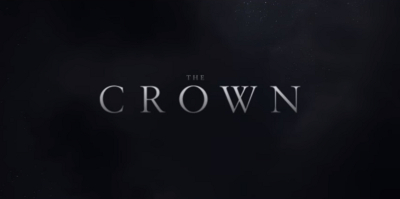
The Crown mapped private ritual to public consequence, following Elizabeth II through crises that tested both constitution and family. Curiosity spiked around Suez, miners’ strikes, and royal tours, while biographies of prime ministers returned to nightstands. Locations from Scotland to London saw fresh crowds measuring scenes against history. Costumes, sets, and dialogue sent viewers to timelines and archives. The show treated ceremony as a lens, revealing how spectacle can steady a nation, or distract it.
Assassin’s Creed and the Renaissance

Assassin’s Creed turned Florence, Venice, and Rome into living textbooks where domes, scaffolds, and plazas taught alongside stealth missions. Players climbed Brunelleschi’s cathedral, met patrons and rivals, then chased context about banking, guilds, and humanist ideas. Companion guides and fan itineraries linked game maps to real streets and workshops. The series made art history tactile, brick by brick, showing how wealth, faith, and politics shaped the skyline, and how craftsmen solved problems one tool at a time.
Bridgerton’s Regency Revival

Bridgerton wrapped courtship in color, then steered curiosity toward ledgers, trade, and the empire beneath polished manners. Interest rose in silhouettes, textiles, and how costume choices bend period accuracy for effect. Country houses and London neighborhoods earned new attention, while readers traced the rules that governed invitations, reputations, and marriage markets. The series opened a bright door, then invited conversations about inclusion, erasure, and the economics powering ballroom light. Spectacle led, research followed.
Downton Abbey and the Edwardian Shift
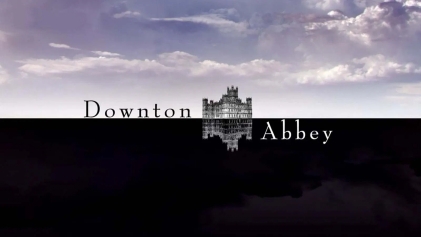
Downton Abbey charted class, technology, and war as forces that rearranged a household and a nation. Telephones, motorcars, and hospitals arrived as plot points and case studies. Viewers learned entail law, domestic service hierarchy, and the social shock of World War I. Stately homes and heritage railways reported livelier tours with better questions. By balancing romance with estate ledgers and pantry rules, the show made structural change feel intimate, detailed, and stubbornly human across seasons of loss and reinvention.
Vikings Rekindles Saga Studies
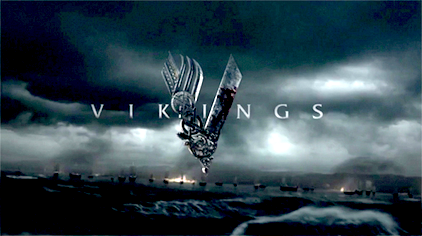
Vikings cut through horned helmet myths, centering shipwright skills, law codes, and the push and pull of faith. Museums fielded new questions on burial goods, trade routes, and the Danelaw’s imprint on language and place. Viewers compared episodes with saga sources, learning how poetry, politics, and geography collide along rough coasts. Archaeology sites in Norway, Denmark, and the British Isles saw renewed interest. The series made raiding only part of the story, with farming and governance sharing the frame.
Killers of the Flower Moon Centers the Osage
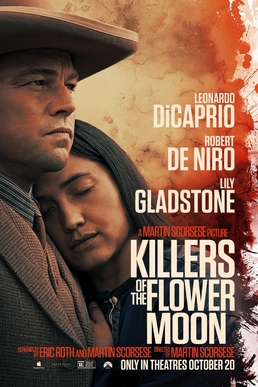
Killers of the Flower Moon shifted true crime toward history, sovereignty, and the Osage community’s fight for justice. Readers returned to reporting on allotment policy, guardianship abuses, and early FBI methods. The film’s patient attention to ceremony, land, and grief encouraged audiences to ask who kept records, whose voices were muted, and how restitution gets defined. Classrooms and book clubs moved from case details to policy scaffolding, where accountability outlasts headlines and shapes memory.

